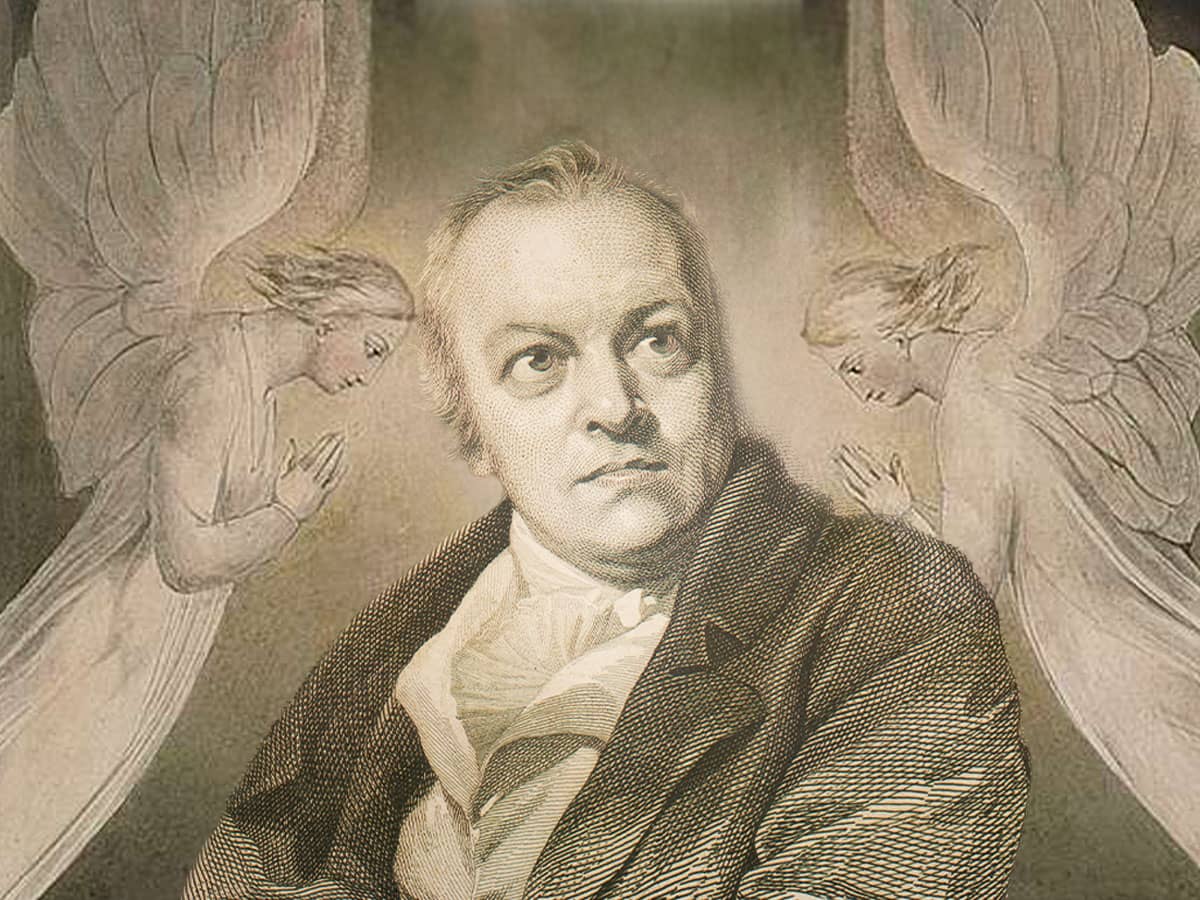
How many different ways are there of looking at life?
An argument could be made that there are really only two.
This was brought home to me recently while reading a book by G. N. M. Tyrrell called "Grades of Significance." Tyrrell isn’t read too much these days, but back in the nineteen-thirties and forties he was one of the most respected researchers into the question of life after death. In "Grades of Significance," Tyrrell made the novel suggestion that life can be compared to a piece of woven material, with one set of fibers--the warp--running one way, and another set of fibers--the weft--running at a right angle to it.
As Tyrrell laid it out, people can basically be divided up into “warp” types and “weft” types. “Weft” types look at the fabric of human existence from the perspective of this present life and that alone. What matters is what happens to us while we are alive. When we die, all that we accomplish -- all that we are -- essentially dies with us. Imagine a person who was born in, say, 1936 and who died in 2002. From the weft perspective, the events of that life can be seen as a series of horizontal stripes on a rug. Each achievement, each setback or tragedy, all the various stuff that happens in that person’s life are like the horizontal fibers that go to making up the stripes of that rug. And when that life comes to an end, the fibers and the stripes that they create come to a full stop.
With the “warp” type of person, however, it’s just the opposite. In the case of that person, the fibers focused on are the warp fibers: those running at a right angle to the weft. “From the point of view of the world looked at in the direction of the warp,” wrote Tyrrell, “what is interesting and important is the life history of the individual, and its fate beyond the barriers of so-called ‘birth’ and ‘death.’” That is to say, it’s the person, not the stuff that happens to him or her, that really matters, and that person does not come to a halt when the events of an individual life do.
One afternoon over the Christmas holiday, I was reading Tyrrell’s book in the living room of my sister’s house where I was visiting. At my feet, as if placed there to assist me in making sense of Tyrrell’s book, was a particularly lush and colorful carpet woven of thick, rough fibers. As I read, I would occasionally take my eyes up from the book and focus on that rug, to help me get a handle on Tyrrell’s ideas.
I first put my attention on the horizontal “weft” fibers. From this perspective, each fiber running across the rug was an event in my life. My eighth birthday was one fiber. The week I visited Disneyland back in 1974 was another one. On and on it went, one fiber after another telling my story, weaving the pattern of my life, until that future day when my life ended, and the fibers and stripes and the pattern they made would stop, pure and simple.
I glanced back down at the carpet and focused now not on a single “warp” fiber running at a right angle to the “weft” lines of fiber I was looking at before. Following it as it rose and dipped, traveling along the length of the carpet past one “warp” fiber after another, I imagined that that thread of carpet was me: the real, true, deeper “me” that was living the events of my life without being completely defined by them. Each weft fiber that my symbolic warp fiber crossed constituted an event in my life, just as it had before, but now something absolutely critical had changed. Day after day, one event followed another: some good, some bad, and some indifferent. But none of those events really defined the person--the more-than-simply-earthly being--that I truly am. Not only was that more-than-earthly being not defined by the earthly things that happened to it, it also didn’t come to a halt when the lines signifying the events of this present life ran out. It would continue on, past the final “weft” fiber that represented my death; the pattern would continue.
What really struck me, sitting there on that couch with Tyrrell’s book in my hand and my sister’s rug in front of me, was that in both of these two very different ways of looking at the fabric of existence, it was the same fabric that one was looking at. Life itself doesn’t change when we stop being “weft” people, when we stop seeing ourselves as purely physical beings totally defined and contained by the events of this present life. The good stuff that happens to us is still good, and the bad stuff that happens is still bad. But by making that all-important shift in focus that Tyrrell suggests--by going from a focus on the weft to a focus on the warp – the meaning of those events changes completely. By taking what you might call a warped view of the world, we see it, at last, in its true clarity.

